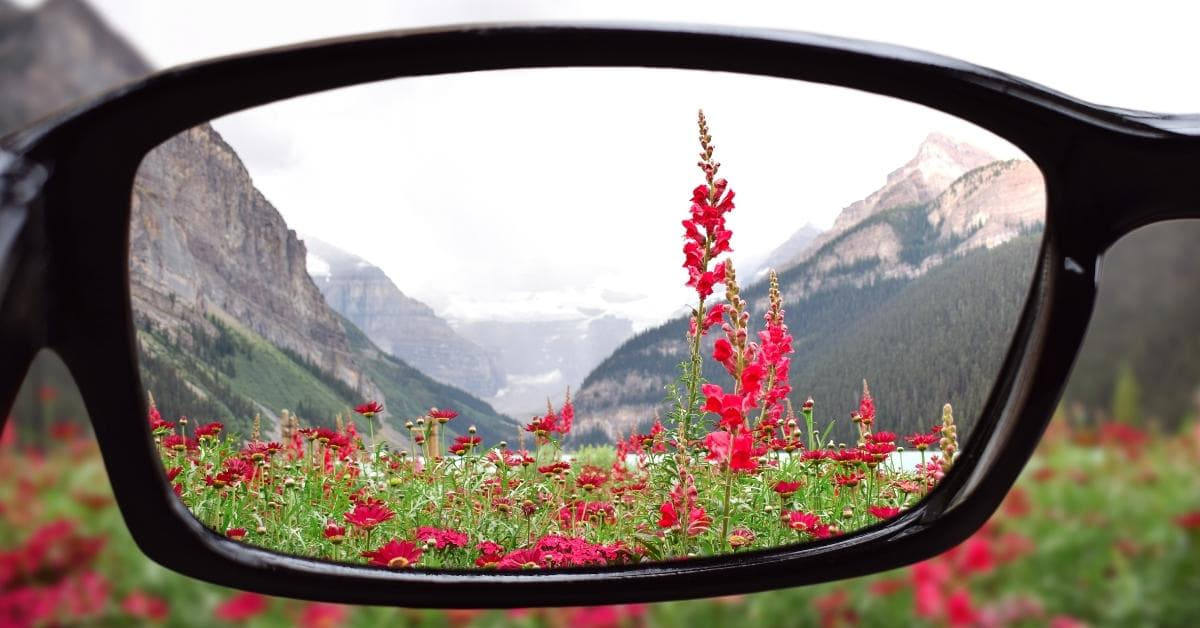Color correction is a crucial aspect of various industries, including photography, videography, graphic design, and even interior decorating. If you’ve ever wondered what a color correction does and why it’s so important, you’ve come to the right place. In this article, we’ll delve into the world of color correction, exploring its purpose, techniques, and applications across different fields. By the end, you’ll have a clear understanding of how color correction can enhance the visual appeal of images and videos and why it’s indispensable.
What Does a Color Correction Do?
Color correction is the process of adjusting the colors in an image or video to achieve a more accurate representation of the subject’s true colors. It’s done to rectify issues related to color balance, exposure, contrast, and saturation, resulting in a visually pleasing and true-to-life representation. Let’s break down the key functions of color correction:
1. Correcting Color Balance:
Color correction is used to ensure that whites appear white and colors are balanced accurately. It rectifies color casts caused by various factors, such as lighting conditions, camera settings, or post-production processes. By adjusting the color balance, color correction helps produce images and videos that look natural and appealing.
2. Enhancing Exposure:
Proper exposure is crucial to capture all the details in an image or video. Color correction can correct overexposed or underexposed areas to reveal hidden details and create a balanced, visually pleasing result.
3. Improving Contrast:
Color correction can be used to adjust the contrast in an image or video, making it more vibrant and appealing. By fine-tuning shadows and highlights, it brings out the depth and texture in the content.
4. Adjusting Saturation:
Color saturation refers to the intensity of colors in an image or video. Color correction allows you to boost or reduce saturation, enhancing the visual impact of your content. It can make colors appear more vivid or create a subtle, muted look, depending on the desired outcome.
Applications of Color Correction
Color correction is widely used in various industries, each with its specific applications:
1. Photography:
In photography, color correction is an essential part during photo editing for achieving true-to-life colors, especially in portrait and product photography. It’s also used in landscape photography to make skies bluer and foliage greener. Color correction ensures that the final image accurately represents what the photographer saw through the lens.
2. Videography:
In the world of videography, color correction is crucial for creating professional-looking videos. It’s commonly used in filmmaking, commercials, and video production to ensure consistency in color and exposure throughout a project.
3. Graphic Design:
Graphic designers rely on color correction to match the colors in their designs to the intended color scheme. This is particularly important when creating branding materials, logos, and marketing collateral.
4. Interior Decorating:
Believe it or not, color correction even plays a role in interior decorating. Designers use it to ensure that paint colors and decor elements match the desired color scheme, creating a harmonious living space.
FAQs
1. Is color correction the same as color grading?
No, they are not the same. Color correction aims to fix and balance colors for a natural look, while color grading is more about creating a specific mood or style by altering the colors. Color correction comes before color grading in the post-production process.
2. Can I do color correction on my own?
Yes, there are many user-friendly software tools and apps available that allow you to perform basic color correction. However, for professional and complex projects, it’s often best to seek the expertise of a professional colorist.
3. Does color correction affect image quality?
Properly executed color correction enhances image quality by improving color accuracy and exposure. However, excessive or incorrect color correction can degrade image quality, so it’s essential to strike a balance.
4. How long does a color correction process take?
The time required for color correction depends on the complexity of the project and the level of detail needed. It can range from a few minutes for simple adjustments to several hours for extensive, high-quality work.
5. Are there any industry standards for color correction?
There are no strict industry standards, but different industries have their own best practices and guidelines for color correction. It’s important to understand the requirements of your specific field and project.
Conclusion
Color correction is a versatile and essential process that enhances the quality and appeal of images and videos. Whether you’re a photographer, videographer, graphic designer, or interior decorator, understanding what color correction does and how it can benefit your work is invaluable. By ensuring accurate color representation, balanced exposure, improved contrast, and ideal saturation, color correction is the key to creating stunning visuals in any creative field.
This page was last edited on 22 February 2024, at 12:08 pm
